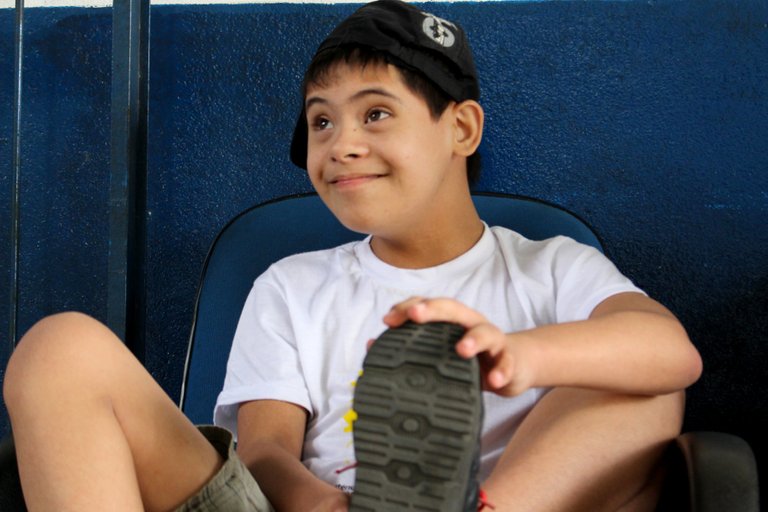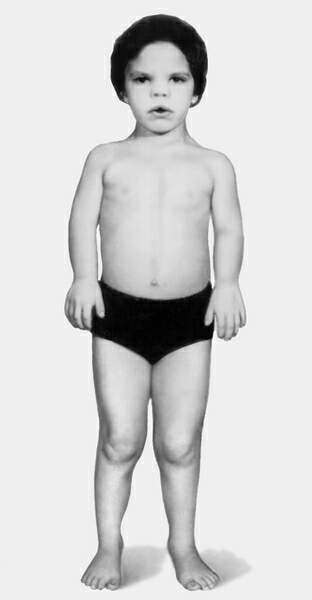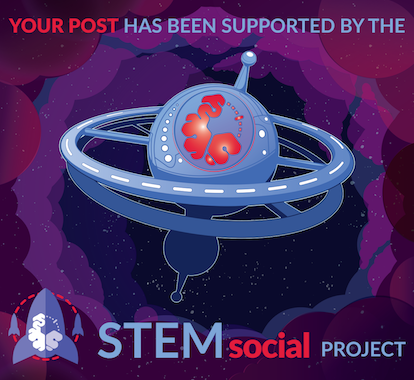Some conditions are rare, while others are not so rare, but a good example of a genetic condition that is rare is Nager syndrome. Nager syndrome is a very rare genetic condition that affects the development of a child's arms, hands, and face.
Nager syndrome is also known as acrofacial dysostosis 1, it is a genetic condition that has a child being born with underdeveloped bones in the hands, arms, and face. This condition causes side effects like hearing loss due to the underdevelopment of certain parts of the anatomy, affected children may also experience delays in being able to speak, although the intelligence level of an affected child is usually not tampered with.

needpix.com
Children diagnosed with this condition would most likely have inherited it from their parents or acquired it from a new genetic mutation. It only takes one parent to be a carrier of this condition for a child to inherit it, the mutated gene is passed through the DNA. If a family has more than one child that has been diagnosed with Nager syndrome while none of the parents have it, then it is most likely that the gene passed from both parents in an autosomal recessive pattern.
The symptoms of Nager syndrome include;
A missing or malformed thumb.
Cleft lip or cleft palate, which signifies separations in the upper lip and mouth.
Micrognathia - Smaller lower jaw.
The presence of Nagar syndrome also creates a situation of eyes that appear to have a downward slant appearance, lack of eyelashes, and a notch in the lower eyelid called an eyelid coloboma.
Diagnosing Nagar syndrome would begin with a physical examination of the baby after birth, in this case, your healthcare provider would look out for physical characteristics of the condition and may order an X-ray to help examine the child's bones formed in the face, arms, and hands.

commons.wikimedia.org
Certainly, a physical examination is not enough to guarantee the presence of the condition, so clinical testing would be carried out to confirm the diagnosis. To get this done, a small sample of the affected child's blood would be taken from the heel and taken to the laboratory where the technician on duty would examine the sample for any change in DNA, proteins, or chromosomes, which are signs of a genetic condition.
Successfully treating Nagar syndrome in a child is greatly dependent on how severe the diagnosis is. A child who has been confirmed to have Nagar syndrome would most likely need surgery after the child is born to alleviate any possible side effects that may be caused as a result of the condition.
Gastrostomy will require a medical expert to create an opening in the stomach of the child, and then place a feeding tube there to help the child get the required nutrients for survival.
Craniofacial surgery would require a medical expert to address any physical differences in the child, this includes the repairing of a cleft palate, adjusting the underdevelopment of the jaw, and also repairing sloped eyes.
Tympanostomy has a medical expert insert tubes into the ears of the child to prevent ear infections and improve hearing.
Tracheostomy would mean the creation of an opening in the child's throat and then placing a tube that would help the child breathe.
Small ears.
Curved fingers (clinodactyly), or webbed fingers (syndactyly).
Underdeveloped cheekbones (malar hypoplasia).
Although this is very rare, a child with this condition may have birth defects that affect the kidneys, heart, genitalia, and/or urinary tract. The affected baby's bones failed to develop completely and appropriately, with side effects that include; hearing loss, feeding problems, delayed speech development, and feeding issues.
It is not a parent or caregiver's fault that a child has Nager syndrome, because it is a genetic mutation that happens randomly. While making plans to get pregnant, reach out to your doctor for some genetic tests that would help assess your risks of having a child with a genetic condition.
The not-so-good thing is that this syndrome is a lifelong condition that doesn't have a cure. After your child is born, he would be scheduled for surgery to help handle the side effects of the condition, this surgery would help improve how your child eats and breathes.
For Further Studies
https://www.ncbi.nlm.nih.gov/medgen/120519
https://medlineplus.gov/genetics/condition/nager-syndrome/
https://www.gosh.nhs.uk/conditions-and-treatments/conditions-we-treat/nager-syndrome/
https://my.clevelandclinic.org/health/diseases/22169-nager-syndrome

Hi, I am Tobi, a writer, speaker, relationship blogger, and lover of good music. I love making friends and learning from people. If you want to hear me speak on relationships and general life issues, you can find my YouTube channel where you can watch any episode for free, please do not forget to subscribe, friends. I sincerely appreciate every love I get from here, Kindly do well to keep them coming.
